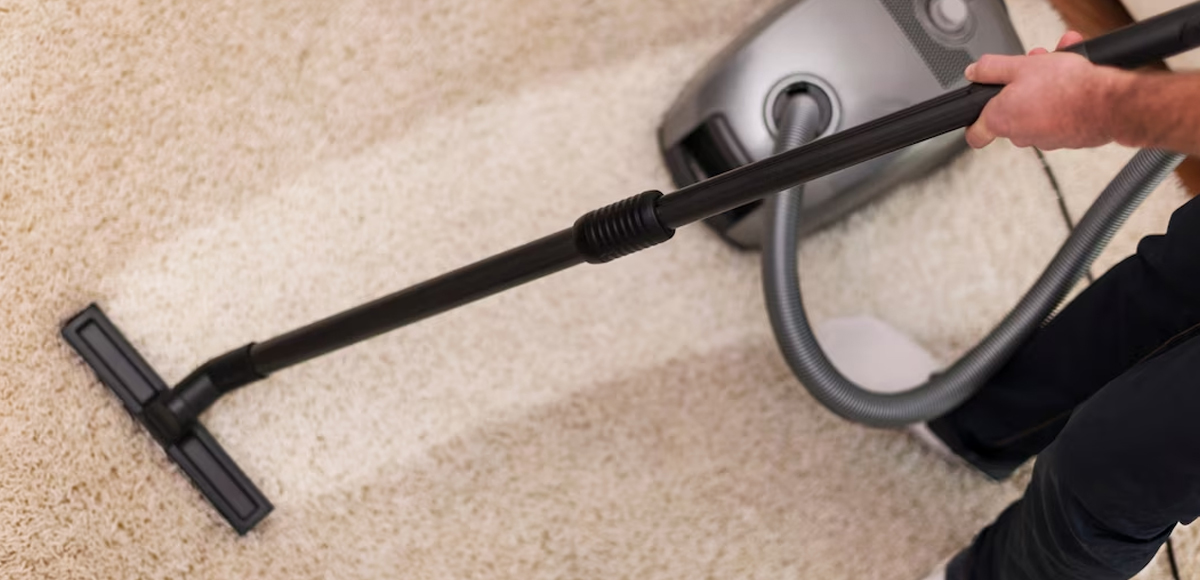
Top 5 Tips to Avoid Carpet Flooding
The biggest danger with water exposure to carpets is, by far, black mould. Mould is particularly harmful to the respiratory system and can be notoriously difficult to remove, so failure to deal with soaked carpets quickly can lead to rapid accumulation and growth of black mould deep inside of the carpet’s piling.
All it takes for mould to grow is a little moisture and some darkness, so don’t underestimate the ability of mould to fester and grow in your carpet. Here’s what you can do to avoid having your carpets flooded:
Clean Out Gutters and Drains
In Melbourne’s rainy season around October, excessive downpour can wreak havoc on your home’s roof and put a lot of stress on your gutters and downspouts. It’s always a good idea to keep your gutters and drains cleared of debris (leaves, dirt, etc.) to better conduct rainfall away from the home.
Overflowing gutters and drains can lead to water getting into places it shouldn’t be, including inside of your home should there be any leaks. This is something you want to avoid at all costs, so take action and have your gutters and drains cleaned before and after a big storm.
Plumbing Matters
It’s always a good idea to have your washbasins, faucets, and shower drains inspected routinely by a plumber to ensure that there aren’t any blockages which could result in backflow or water spilling out onto the floor and onto your carpets.
Damaged, worn out, or otherwise problematic plumbing is a common cause for flooding in homes, so don’t take your chances.
Use Dehumidifiers
Humidity creates a constant risk of mould accumulating on walls, roofs, and on carpets. For carpets in particular, keep a dehumidifier in your home during particularly humid seasons to remove a lot of the moisture and to help keep your carpets dry.
Without proper humidity, mould won’t have much chance to grow in your carpet at all. Dehumidifiers are also great to have in case your carpet becomes flooded, especially used in tandem with fans and proper ventilation right after a flood.
Know Where Your Water Service Valves are Located
Homeowners should know where their water supply valves are located in the event of a flood. Many homes in Melbourne have water meters located on the side of the house – look for this first. Once you’ve found it, look for an ‘isolation valve’ usually located on top of the meter. Rotating this clockwise will shut off the water supply to the home. Remember ‘lefty loose, righty tighty’ if it helps.
Deal With Floods Sooner Rather Than Later
Even with all of the above precautions, flooding can still happen inside of your home. If so, the time to act is right away. It only takes a day for mould to really settle in and grow, and after a few days the problem will require complete replacement of your carpet.
By calling a reputable water damaged carpet specialist right away, you can salvage more of your carpet and have the damage reversed in many cases, so you don’t have to deal with black mould or rotting carpet again.
Floodcare
The friendly people at Floodcare are your go-to for water damaged carpets, so give us a ring should your home be flooded and your carpet be in need of immediate care.
 Skip to content
Skip to content

